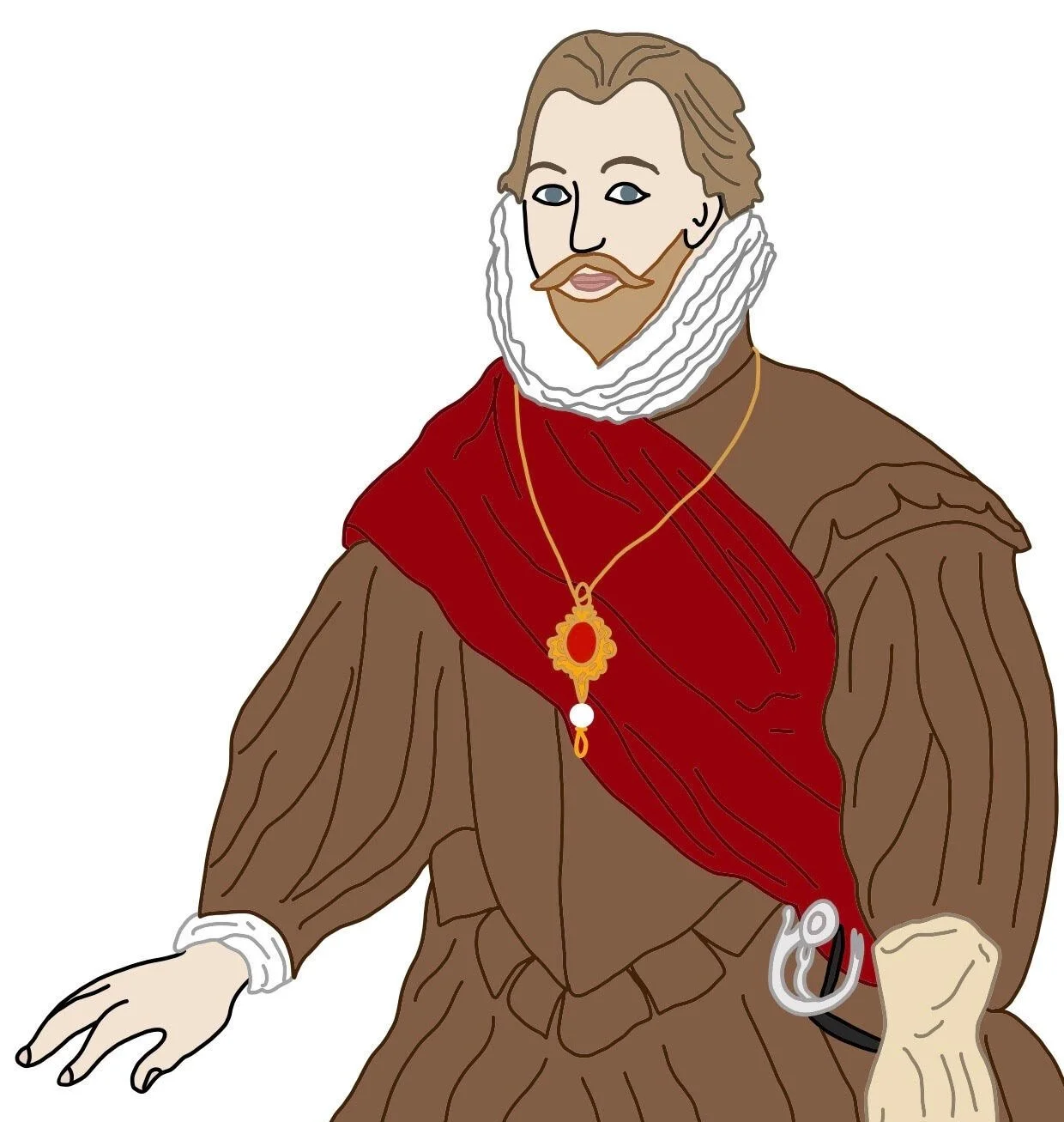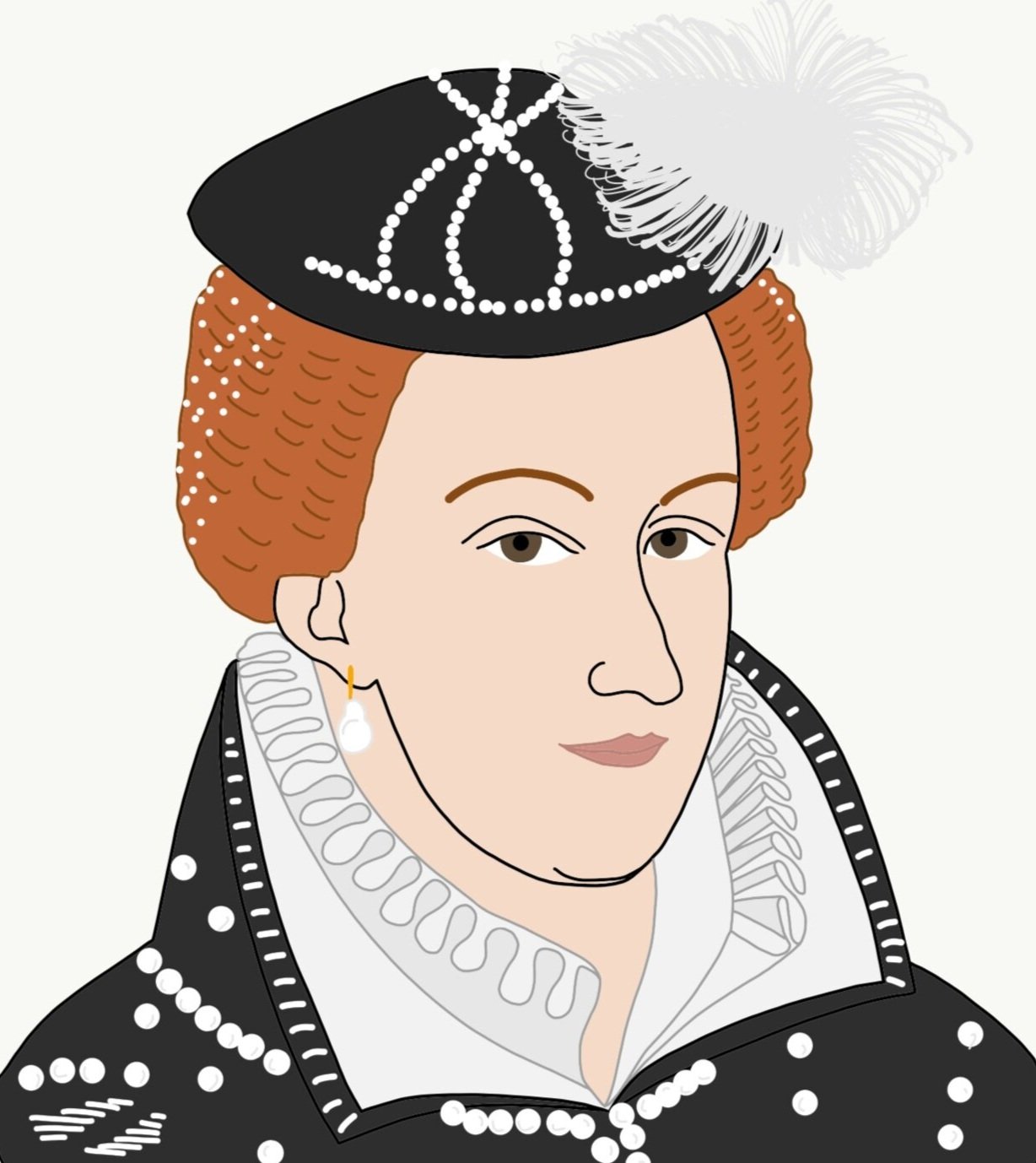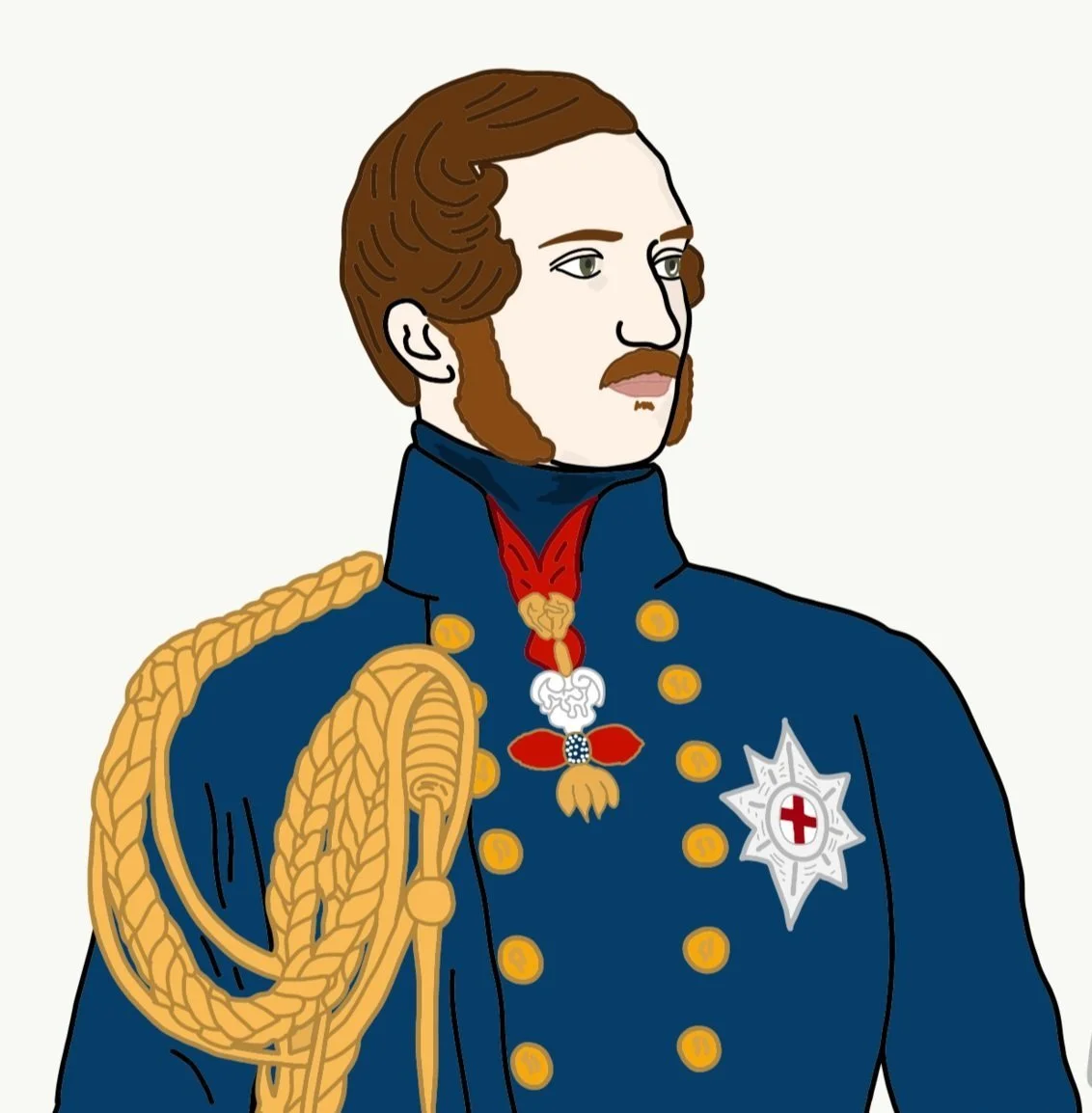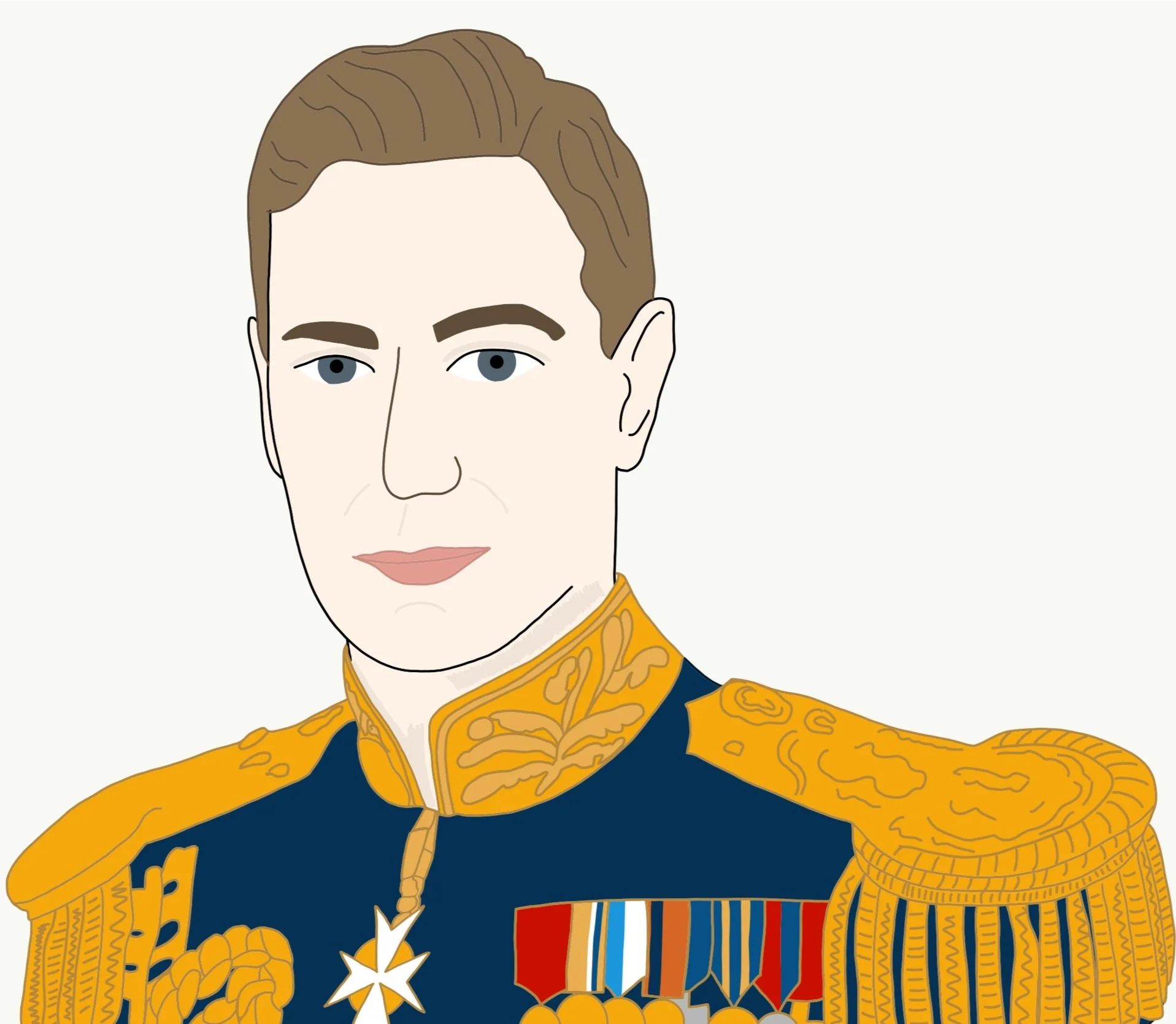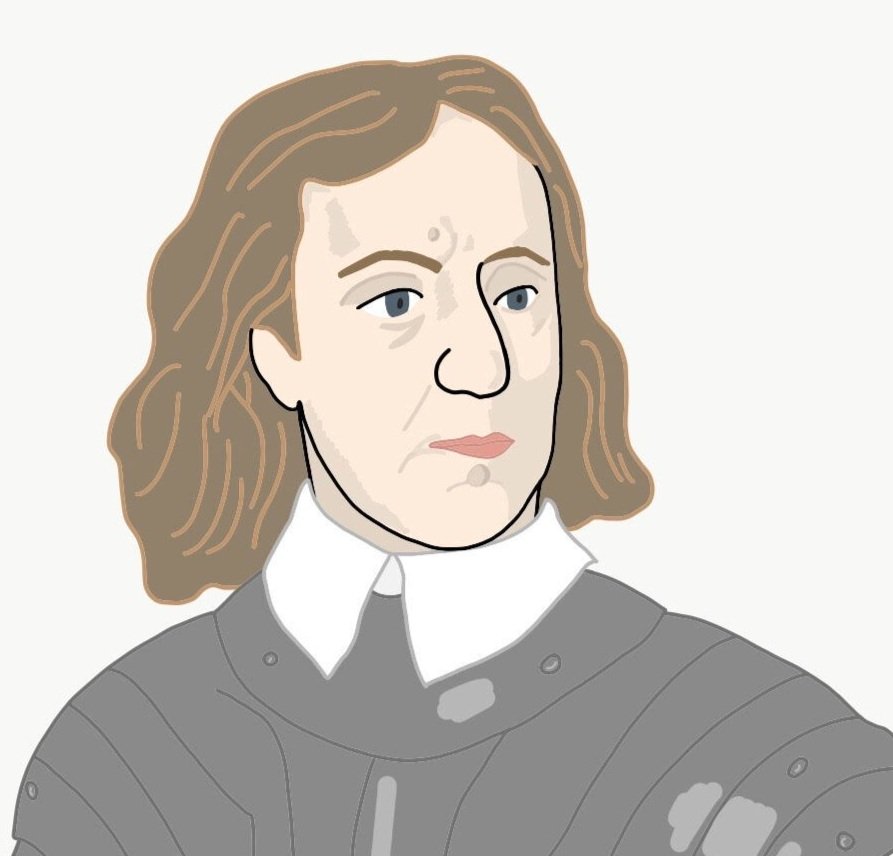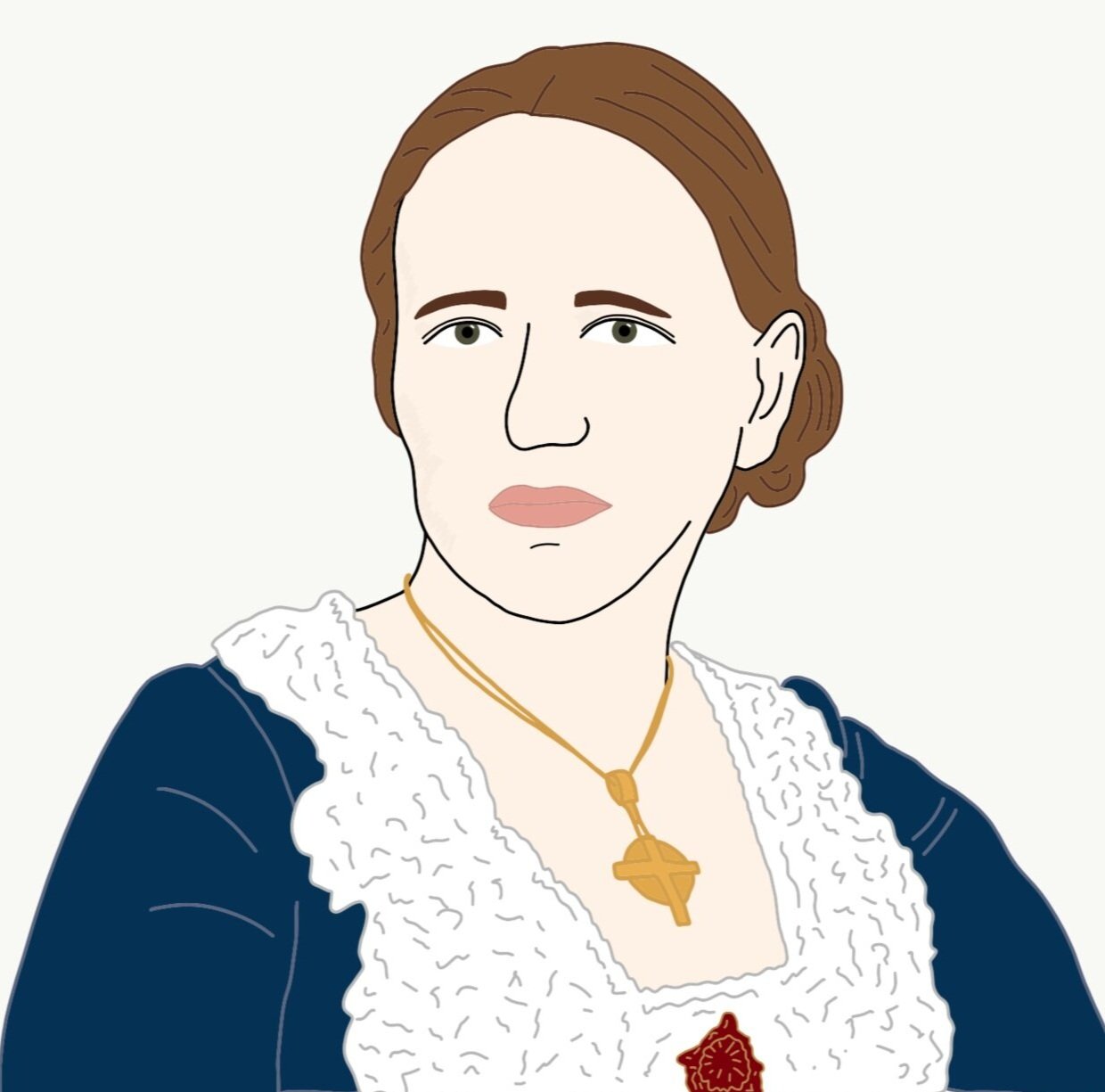December 12th - 18th
“The first airplane took flight, and the first transatlantic radio signal was sent from England to Canada this week in history...”
On 12th December…
First transatlantic radio signal sent
1901 - Guglielmo Marconi sent the first transatlantic radio signal from Cornwall, England to Newfoundland, Canada. This scientific breakthrough paved the way for wireless communications, cables would no longer be needed to transmit telegraph signals between countries.
On 13th December…
Francis Drake sails off around the world
1578 - Francis Drake, backed by Queen Elizabeth I, set off on his circumnavigation of the globe from Portsmouth on the south-west coast of England. He set sail in his ship called the Pelican, with four other ships but only his ship successfully completed the round the world trip. During the voyage he changed the name of the Pelican to ‘The Golden Hind’. The official backing of Queen Elizabeth I gave Francis Drake approval to piracy against Spanish ships without getting into trouble with the crown. He returned from his voyage nearly two years later, his ship was laden with treasures and spices. He was knighted on the deck of his ship by Queen Elizabeth I when it sailed up the River Thames and became Sir Francis Drake
On 14th December…
Baby girl becomes Queen of Scotland
1542 - A baby girl became Mary, Queen of Scots when her father King James V of Scotland died. He had become king when he was only a year old after his father died fighting the English at the Battle of Flodden. When he was just a teenager, King James V was held captive for three years whilst his captors, led by his stepfather Archibald Douglas, the Earl of Angus, ruled Scotland in his name. James managed to escape and the first thing he did was to exile his stepfather and confiscate his lands. King James V died of ill health, possibly cholera, shortly after the Battle of Solway Moss where he fought against his uncle, King Henry VIII. His 6-day-old daughter was made Queen of Scotland.
1799 - George Washington the first president of the U.S.A. died.
Queen Victoria devastated as Prince Albert dies
1861 - Prince Albert. the husband and consort of Queen Victoria died at Windsor Castle. Queen Victoria mourned her husband’s death for the rest of her life; refusing to wear anything but the colour black from that day onwards.
1878 - Princess Alice, the third child and second daughter of Queen Victoria died of an infection called diphtheria, she was 35 years old. Today there are not many cases of diphtheria because babies are routinely vaccinated against it when they are very young.
King George VI is born
1895 - King George VI was born in Norfolk, England. He was the second son of King George V and did not expect to become King of England because he had an older brother. His older brother, King Edward VIII, chose to abdicate the throne (give up the throne) so this meant that the next in line to become king was George. George’s real name was Albert, he had been named after his great grandfather Prince Albert because he was born on the anniversary of his death but chose to be called King George VI to emulate his father and try and make the country have faith in the royal family again after the scandal of the abdication of Edward VIII.
1896 - The Glasgow Underground Railway was opened. It is a circular subway system that has 15 stations. It is the 3rd oldest underground railway system in the world.
On 15th December…
37CE - Emperor Nero, the fifth emperor of the Roman Empire was born in Italy.
1832 - Gustav Eiffel, the architect and designer of France’s most famous building, the Eiffel Tower, was born in Dijon, France. Did you know that he also designed the framework for the Statue of Liberty in New York?
1906 - The Piccadilly Line on the London Underground opened. At the time it was the longest underground line in the world running from Finsbury to Hammersmith at 14.5 km long; today it is 71 km long and has 53 stations along its line. and runs from Cockfosters in North London to either Heathrow or Uxbridge in West London. Do you know what colour represents the Piccadilly Line on the London Underground map?
2015 - Major Tim Peake, became the first British astronaut to serve a mission on the International Space Station. He remained in space for 186 days before returning to Earth.
On 16th December…
Catherine of Aragon is born in Spain
1485 - Catherine of Aragon, the first wife of King Henry VIII was born in Madrid, Spain. She had been married to Henry’s older brother Arthur but he died five months after their wedding leaving Catherine a widow at the age of 16 years. After a lot of arguing about money and her dowry, Catherine became engaged to Henry VIII. They married shortly after Henry became king. Together they had six children but only one survived, a daughter who lived to become Queen Mary I.
England appoints a Lord Protector
1653 - Oliver Cromwell was appointed Lord Protector of England, Scotland and Ireland following the English Civil War and the execution of King Charles I. Since the execution of the king in 1649 there had been a Rump government ruling the country, but this had proved to be ineffective mainly because it took them too long to agree on decisions that needed to be made, they elected Oliver Cromwell as Lord Protector to oversee the running of both Parliament and the country.
1689 - The Bill of Rights was given Royal assent, or royal approval by King William III and Queen Mary II who had been asked by Parliament to take the throne from Mary’s father King James II. The Bill limited the powers of the Crown by giving more power to Parliament. It also ensured that only Protestant monarchs would sit on the throne.
1775 - The famous English author, Jane Austen, was born in Hampshire, England. One of her most famous novels is Pride and Prejudice.
On 17th December…
Pope excommunicates Henry VIII
1538 - King Henry VIII was excommunicated from the Catholic Church by Pope Paul III. Excommunication had been threatened by the previous pope, Clement VII, for King Henry’s divorce of Catherine of Aragon but it had been suspended in the hope that Henry would start to behave. He had previously been awarded the honour ‘Defender of the Faith’ by Pope Leo X for his defence of the Catholic Church against the Protestant Martin Luther so it was possibly hoped that he would again be faithful to the Church. By the time of his excommunication, Henry had divorced Catherine, married and executed Anne Boleyn, married and buried Jane Seymour (she died after childbirth), executed two leading bishops, desecrated religious shrines, and taken Church lands and treasures for himself as Supreme Head of the Church of England. The worst possible punishment that the Roman Church headed by the Pope could inflict on Henry was excommunication.
1903 - Orville and Wilbur Wright, two brothers, made the first flight by a motorised aircraft at 10:35am in Kitty Hawk, North Carolina, in the U.S.A. Orville Wright flew 36 metres in 12 seconds on the first attempt; Wilbur flew 53 metres in 12 seconds on the second attempt; then Orville flew again this time for 60 metres in 15 seconds and finally on the last flight of the day Wilbur flew the airplane 259 metres in 59 seconds. Their plane is on display at the National Air and Space Museum in Washington D.C.
Elizabeth Garrett Anderson, the first English female GP, dies
1917 - Elizabeth Garrett Anderson died. She was the first English female physician (doctor, GP) and founded the first hospital staffed by women. It all happened because she was turned down at every step for being a woman. At the time women weren’t allowed to study medicine and were denied entrance to medical schools so Elizabeth enrolled as a nursing student and sneakily began attending classes that were for men only. After complaints about her presence in the classes she was banned from attending any more. Undeterred, Elizabeth continued to study by herself and decided to take apothecary exams (pharmacist exams) because there despite not being allowed to be doctors there was no rule stopping women from being pharmacists. She passed the exams with flying colours and gained a certificate to dispense medicines. The rules were changed soon after to stop any other women from being able to do this.
But dispensing medicines wasn’t enough for her, Elizabeth still wanted to be a doctor; so she learnt French and went to France to study where women were allowed to study medicine. She gained her medical degree and became a doctor but back in England the British Medical Board refused to recognise her qualification. So instead, she set up her own hospital and staffed it entirely with women.
Elizabeth’s will and determination led to a change in the law in 1876 when an Act was passed finally allowing women to enter the medical profession.
On 18th December…
1778 - Joseph Grimaldi was born in London into a family of dancers and entertainers. He was performing on stage at the age of four with the Sadler’s Wells Theatre and became famous for his clown performance in the pantomime ‘Harlequin Mother Goose’. In this production his clown had a white painted face and united the combination of criminal with innocent fool. His portrayal of the clown was adopted by many others and has become the norm for clowns ever since.

